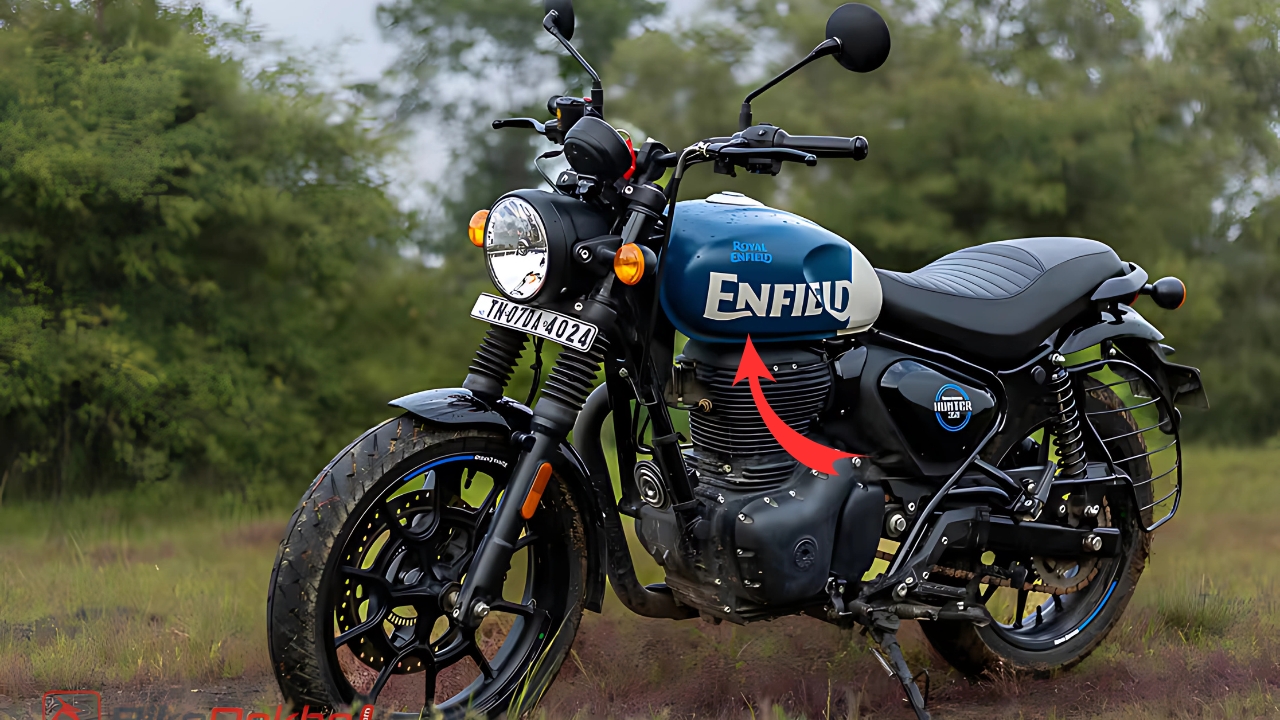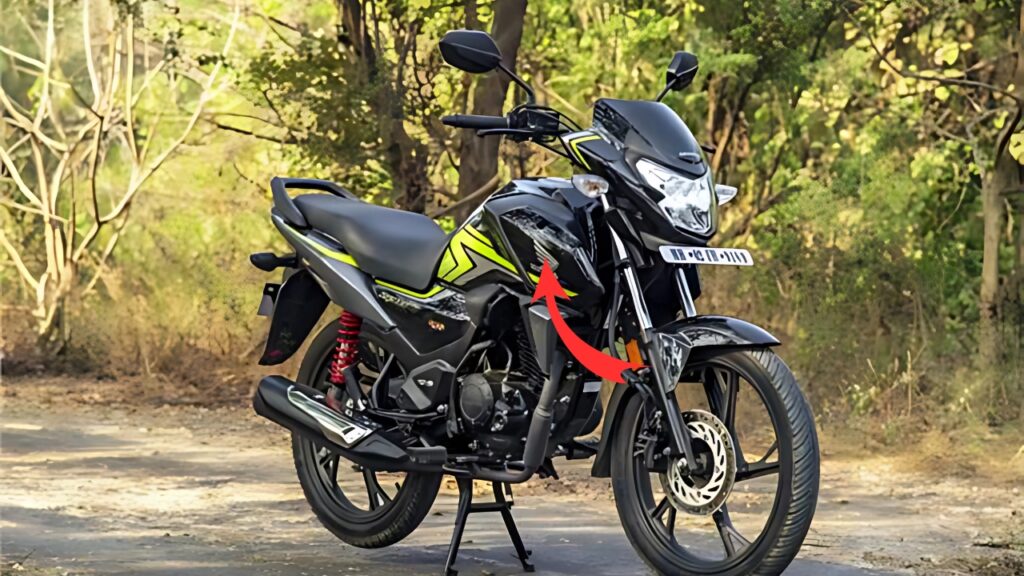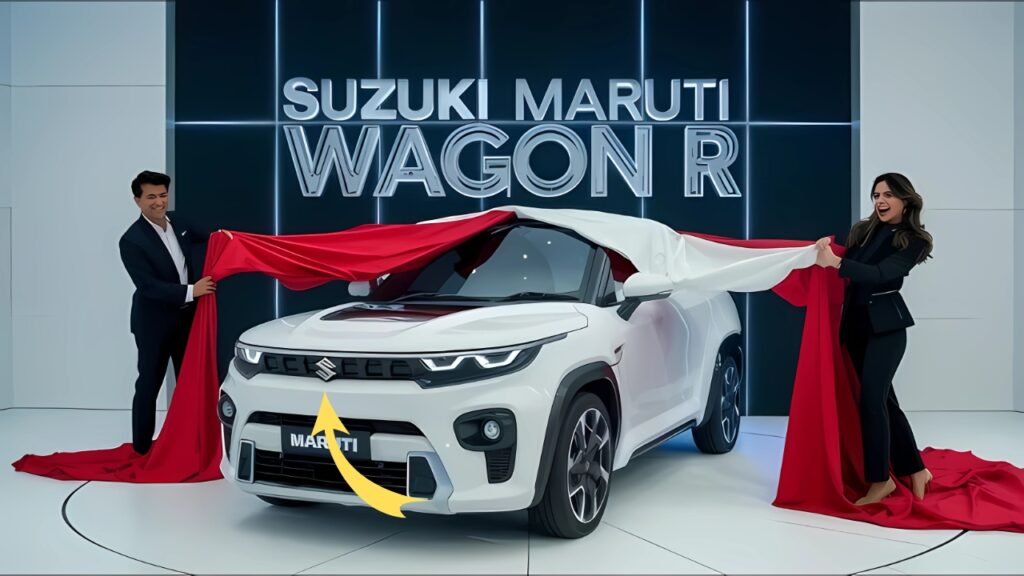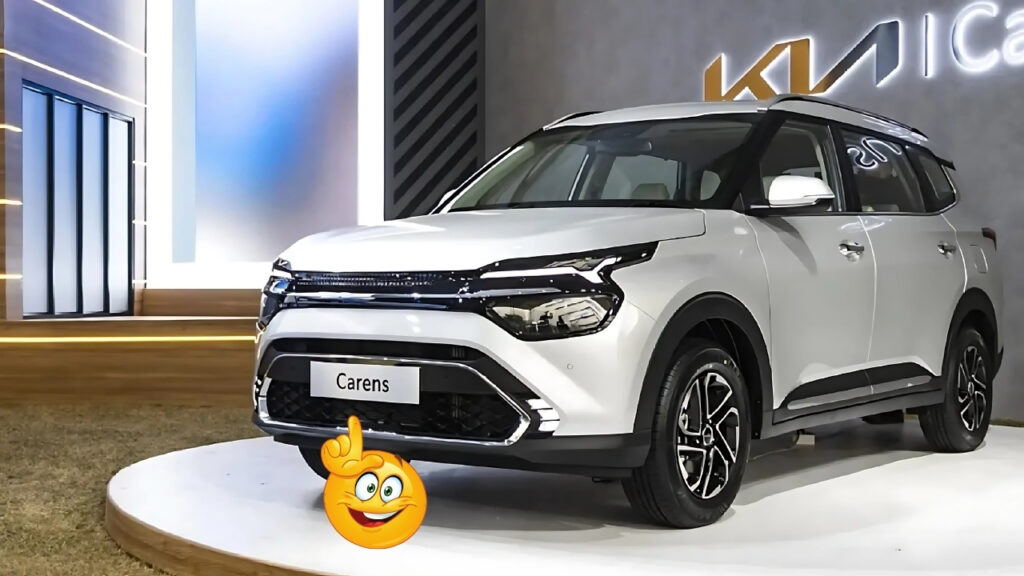Royal Enfield Hunter 350: The Hunter 350 is the product of Royal Enfield realizing that its decades-old, proven formula of massive weight, laid-back power, and timeless looks needed intentional tweaking to lure in younger, urban motorcyclists searching for more approachable steeds.
So instead of just downscaling existing models, the company created a machine with a distinctly different character while also retaining clear ties to the brand’s lineage.
This approach is especially intriguing in that it manages to break from Royal Enfield’s existing identity without going too far into the new.
The Hunter has enough of that classic roadster DNA coursing through its veins to be unmistakably a Royal Enfield, but the more compact dimensions, responsive handling and modern details conspire to create a ride that feels fresh rather than derivative.
Table of Contents
Royal Enfield Hunter 350: Engineering for Enjoyment of the Everyday

The Hunter 350 is powered by the same J-series 349cc single-cylinder engine that produces some 20 bhp and 27 Nm of torque.
These unassuming numbers mask the engine’s real-world nature — a pleasant combination of accessible low-end shove and velvety mid-range that makes it feel well-suited for urban life.
Power delivery seems more punchy than in other Royal Enfield models that get this powerplant, partially due to different gearing set up for urban riding.
This chassis is one of the biggest steps away from Royal Enfield tradition. The twin downtube spine frame may look similar to the one used in the Meteor 350 but it has been recalibrated with steeper geometry (25.5-degree rake versus the Meteor’s 28-degree) and a shorter wheelbase (1370mm against 1400mm).
These alterations make the cutters waisted, resulting in a motorcycle that leans in gutlessly and changes direction with much less effort than its siblings.
The suspension—conventional telescopic forks and twin rear shocks—has fairly firm damping that seems to prioritize control over all-out comfort.
This setup works well for street riding, where responsiveness and predictable road behavior are a greater concern than plush absorption of big hits.
The 17-inch wheels (as opposed to the 19/18 arrangement offered in many Royal Enfields) add to the bike’s agility while permitting sportier tire profiles.
Braking is done by a 300mm front disc with a two-piston caliper and a 270mm rear disc with a one-piston caliper, with ABS control for both channels.
Stopping power is more than suitable of the bike’s performance envelope, while lever feel is positively good, allowing for precise modulation in varying conditions.
The Hunter’s weight—181 kg soaking wet, fully fueled—is perhaps the most revolutionary thing about it, as it’s heavier than any other Royal model, but still way lighter than they’re accustomed to.
This relatively slim figure goes a long way toward ensuring the motorcycle’s approachable character, especially for shorter, or less experienced riders.
Firm in Design: Modern Classic
Royal Enfield’s historical references are in perfect balance with more modern roadster elements in the Hunter’s visual design.
The tear-drop fuel tank maintains classic proportions but adds more aggressive knee recesses. The round headlamp still looks traditional but packs LED lighting elements.
The one-piece seat is true two-up capable without the tons of fluff that cruiser seats often have.
The colors also break from the more conservative palette that Royal Enfield typically uses, with bright single-color schemes and attention-getting graphics packages that will likely draw younger riders. The Hunter’s visual decisions follow suit, as it positions itself as the youngest, edgiest car in the lineup.
Interestingly, it will feature two different versions—so-called Retro and Metro—differing in finish and equipment.
The Retro adopts simpler instrumentation and wire-spoke wheels, while the Metro adds a digital-analog instrument cluster, alloy wheels and different handlebar and footpeg positions for a more aggressive riding posture.
This stratified approach gives the Hunter the ability to hit various price points and aesthetic desires without veering too far from its own intrinsic nature.
The Riding Experience
What really sets the Hunter 350 apart is that it just feels like a complete motorcycle while riding. Already the motorcycle feels immediately accessible; an easily managed seat height (800mm), narrow midsection, and light clutch action beckon riders of most all experience levels.
Rider ergonomics achieve the right balance of comfort and control, with just enough forward lean to keep the rider engaged without excessive weight on the wrists.
Out in the real world, where is the Hunter confident? The responsive steering and eager power delivery make threading traffic feel natural and intuitive rather than the effort that it can be on larger machines.
Its character is perfectly suited to this environment, with enough torque to cleanly pull from low RPMs without constantly swapping cogs.
When the road opens up, the Hunter takes on a different side. The engine is smooth-running and as such, allows for sustained cruising at 80-90 km/h in pleasant comfort rather than an exercise in endurance of vibration.
The chassis is stable enough to foster trust in these acceleration, although maintaining direction can go to bodyweight relatively gentle unit you as compared to the weightier brother or sister.
Market Effects and Cultural Evaluation
“In the context of motorcycles in India, the Hunter 350 holds an interesting place. It arrives in the well-occupied 350cc space with a far less common premise than either the commuter bias of the Japanese models or the sporty slant of some rivals like TVS and Bajaj. Instead it mixes accessible performance with brand heritage and character into its own niche.
For Royal Enfield, the Hunter is part of a crucial wider strategy to push the brand beyond familiar customer segments.
While the old-world machines remain popular with riders who appreciate their heritage, the Hunter is aimed at urban riders who may have previously considered Royal Enfield’s other models too traditional or unwieldy to use in the city.
The motorcycle’s pricing strategy underpins this positioning; while variants undercut the company’s classic models by a sizeable margin, premium features ensure it can’t be compared with mass-market rivals.
This suggests that Hunter owners are not just purchasing transportation but are buying into the Royal Enfield brand experience as well, an important distinction in a crowded market.
Royal Enfield Hunter 350
With Royal Enfield branching out into new product territory, the Hunter 350 shines a light on how the brand can continue to evolve without losing that unique essence.
Its achievements show that the company’s lineage can successfully transition to other motorcycle styles when treated to design and engineering, rather than just cosmetic exercises.
There’s plenty of room for further iteration on the platform too—everything from track-focused variants to more touring-oriented versions.
Whatever path this evolution takes, the Hunter’s core virtues of accessible performance, unique character, and authentic brand connection may well remain the fulcrum of its appeal.
In a cafe racer market that has become progressively more obsessed with time slips compared with the other guy, the Hunter 350 is a gentle reminder that the rider-to-machine relationship is an experience that transcends dry, objective measures.
Its combination of lineage and modern engineering creates a credible, non-contrived, experience—a synthetic of the past and present—maybe the most believable expression of Royal Enfield’s changing face to the new-age motorcycle viewer.





